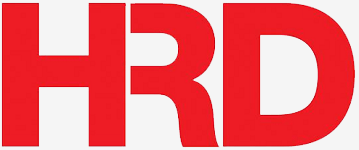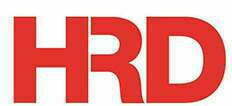There are two key points in the assembly of thrust ball bearings. One is the control of the pressing quality of the cage and the steel ball, and the other is the control of the nominal height T after the bearing is assembled. In addition, because the shaft ring and the seat ring can be separated, a management problem is caused. It is to prevent the mixed assembly of imported bearing parts. The M-type stamping cage uses a crimping assembly die. After pressing, the steel ball is required to rotate flexibly in the pocket, but it cannot fall off from the pocket, and the amount of movement of the steel ball in the pocket is checked by technical regulations. If the embossing of the solid cage is too deep, the amount of movement of the steel ball will be small, and the connection between the embossed protruding part and the cage is too small and the strength is insufficient, which is prone to block loss, causing the cage to be scrapped. The size difference between the inner diameter of the small thrust ball bearing race and the shaft ring is very small, and there is no obvious difference between the two sets. In order to prevent the phenomenon of mixed sets, the assembled set of bearings finds that both are races or both are shafts. Condition. This requires certain measures. Usually, auxiliary tooling is used to distinguish between the ring and the seat group when fitting, or the inner diameter plug gauge is used to check the inner diameter size before the nominal height is sampled. For the convenience of checking the inner diameter, put the seat ring under the shaft. Place the circle on it. If the inner diameter of the seat ring has obvious quenching heating oxidation color or has not been ground, there is no need to check the inner diameter size. The difference between the shaft ring and the seat ring can be clearly seen, and it is not easy to mix. After the thrust ball bearing is assembled, the nominal height T needs to be measured to confirm whether it is qualified. When measuring, use height blocks or standard parts to calibrate and measure the load. The bearing needs to rotate dozens of times, and the minimum height must be reached.
When the thrust ball bearing is running at high speed, the contact angle between the steel ball and the radial plane of the raceway will be affected by centrifugal force, which will cause the steel ball to slide relative to the raceway. Adhesive wear caused by this sliding can damage the bearing. In order to prevent this kind of damage, the minimum load on the thrust ball bearing must be ensured, see Formula 1 or Formula 2, whichever is larger. .
Formula 1: Famin=K・n*n
Formula 2: Famin=Coa/1000
Famin: minimum axial load (N)
K: minimum axial load factor
n: rotation speed (per minute)
Coa: Basic static load rating (N)
One-way thrust ball bearings can only bear loads in one direction. If they bear loads in two directions, two-way thrust ball bearings must be used. Thrust ball bearings must be subjected to a minimum load or preload. When the shaft is vertical, the weight of the shaft usually exceeds the minimum load. At this time, due to the influence of the axial external load in the opposite direction, the applied load may be reduced.


 SKF Bearing
SKF Bearing NSK Bearing
NSK Bearing FAG Bearing
FAG Bearing TIMKEN Bearing
TIMKEN Bearing INA Bearing
INA Bearing NTN Bearing
NTN Bearing KOYO Bearing
KOYO Bearing NACHI Bearing
NACHI Bearing